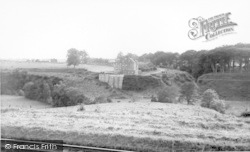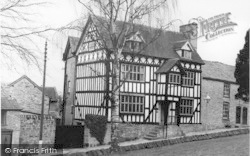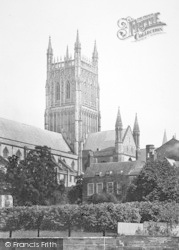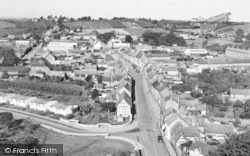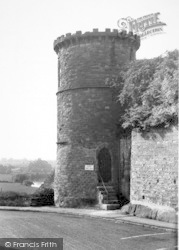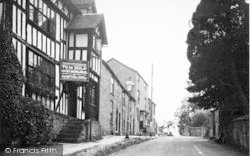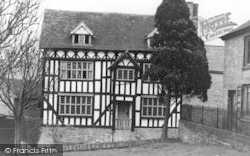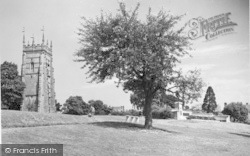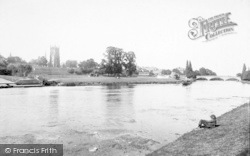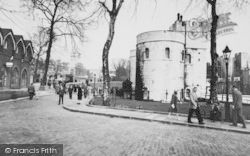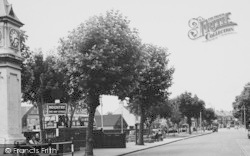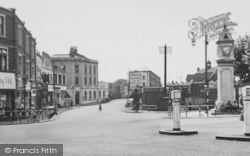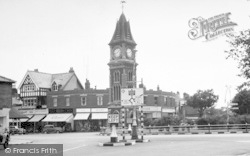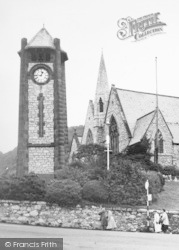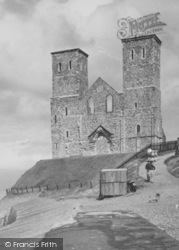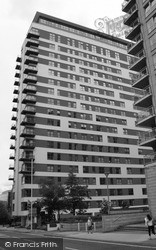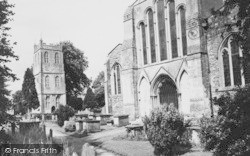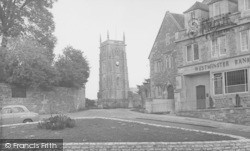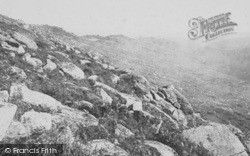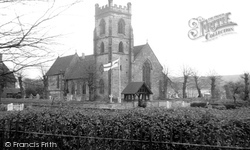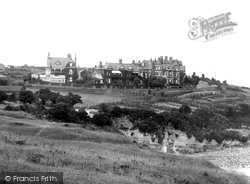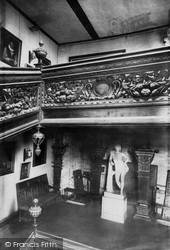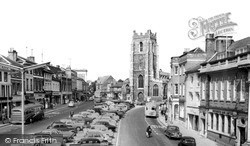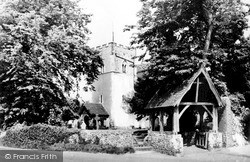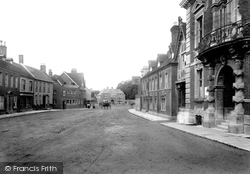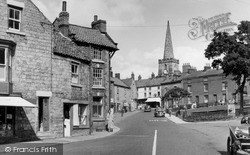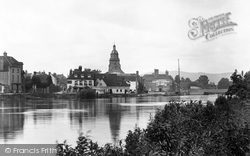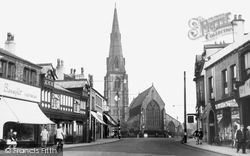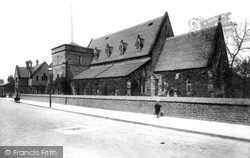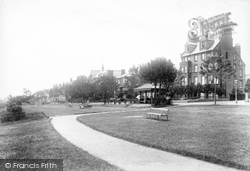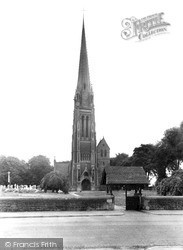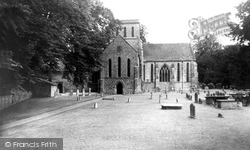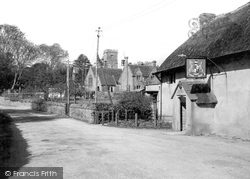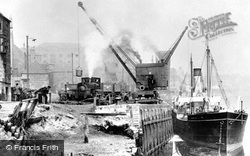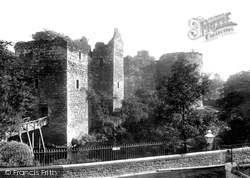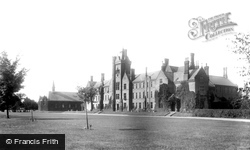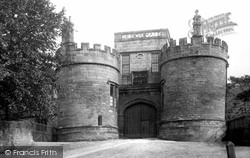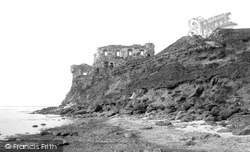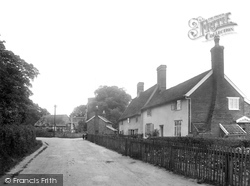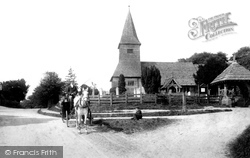Places
36 places found.
Those places high-lighted have photos. All locations may have maps, books and memories.
- Poplar, Middlesex
- Bow, Middlesex
- Bethnal Green, Middlesex
- Stepney, Middlesex
- Alton Towers, Staffordshire
- Isle of Dogs, Middlesex
- Limehouse, Middlesex
- Spitalfields, Middlesex
- Barjarg Tower, Dumfries and Galloway
- Bromley, Middlesex
- Stratford Marsh, Middlesex
- Tower Hill, Merseyside
- Tower Hill, Essex
- St George in the East, Middlesex
- Wapping, Middlesex
- Globe Town, Middlesex
- Old Ford, Middlesex
- Cubitt Town, Middlesex
- Tower Hill, Cheshire
- Tower Hill, Surrey
- Bow Common, Middlesex
- Mile End, Middlesex
- Millwall, Middlesex
- Ratcliff, Middlesex
- Warmley Tower, Avon
- Tower Hill, Hertfordshire
- Tower End, Norfolk
- Tower Hamlets, Kent
- Tower Hill, Devon
- Tower Hill, West Midlands
- Blackwall, Middlesex
- North Woolwich, Middlesex
- Hackney Wick, Middlesex
- Shadwell, Middlesex
- South Bromley, Middlesex
- Tower Hill, Sussex (near Horsham)
Photos
2,720 photos found. Showing results 1,821 to 1,840.
Maps
223 maps found.
Books
1 books found. Showing results 2,185 to 1.
Memories
637 memories found. Showing results 637 to 637.
Captions
3,036 captions found. Showing results 2,185 to 2,208.
Most of the present church dates from the 19th century, although the tower was built in 1640. There is a memorial inside to Admiral George Anson, who is buried here.
The first large property on the left is The Towers, and in front of it is the path leading down to the harbour and Jackson's Bay.
This is Bishop Cosin's impressive Black Staircase; it stands in the angled tower between the Great Hall and the 12th- century building of Bishop Pudsey.
The Great Tower, dating from the 15th century, has seen many different tenants, including, briefly, a post office!
The statue of Thomas Gainsborough, the artist, was erected in front of the tower in 1913. On the left is the Bank of 1903, with columns between the windows and circular fanlights.
The north face of the sturdy church tower bears an old clock, though it has been here for less than one hundred years.
Monmouth was beheaded soon afterwards in the Tower of London.
In the background we can see the tower and spire of the 12th- and 14th-century parish church of St Peter and St Paul, which has interior wall-paintings dating from the 15th century.
Apart from vinegar-making, the site of several skirmishes for control of the bridge during the Civil War, and an old church with an oddly-shaped tower, Upton's other claim to fame is that Henry Fielding
Lincolnshire possesses very many Anglo-Saxon church towers, and St Peter's is one of England's best.
The detached tower and spire stands 188ft high; also featured in this picture is the large west window.
This photograph was taken a few years prior to the tower being heightened so that it could accommodate a clock and a belfry.
It was built in 1472, and its 140ft-high tower, richly decorated with sculptured ornamentation, is traditionally listed as one of the 'seven wonders of Wales'.
Now the name is used by a new tower block which stands on the site. A horse-drawn carriage can be seen close to the shelter, the only form of transport in sight.
Unfortunately the tiny saddleback tower of the old church was now seriously out of proportion to the new, larger church.
St Mary and St Melore's is basically Norman, large and built mainly of flint; its large squat Early English tower rests on triple chamfered arches and has three wide-spaced single bell openings.
Looking north, from the lane into the village from Miles Cross, 1868-dated Symondsbury School and tower of St John`s Church in the background can be seen.
contributed to make London the busiest port in the world: this era is long past, for now Docklands is all smart housing, flats and offices, symbolically dominated by the 850-foot-high Canary Wharf office tower
This castle is imposing, situated in the town centre above the bay, and was originally circular in plan with four towers.
South-west of the town centre, along the Ampthill Road, on a large site between it and the railway line, the County Schools were built in the 1880s on a grand plan with a massive tower and,
At the end of the siege, the garrison was accorded the honours of war, and the castle was ordered to be slighted so that cannon could no longer be mounted on its towers.
Originally the fort comprised a two-storey building with a north tower and a gatehouse.
The church tower still has a 14th-century bell frame, a rare survival. The thatched Old Parsonage at the end of the road is late 15th-century. The exposed timbers have been plastered over.
The church of St Peter, with its 14th-century tower made entirely of wood and supported inside by a framework of huge oak timbers, also has a 13th-century chancel and a south aisle added a hundred years
Places (38)
Photos (2720)
Memories (637)
Books (1)
Maps (223)


